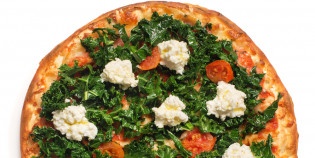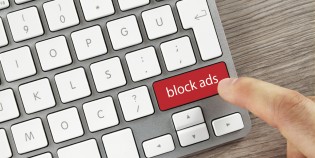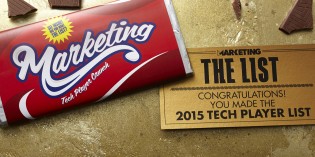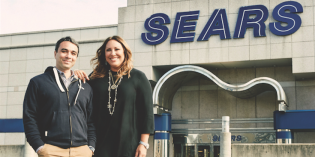 If you sell something, you have a customer today, but if you help someone, you create a customer for life. That’s the premise behind Jay Baer’snew book Youtility: Why Smart Marketing Is About Help Not Hype.
If you sell something, you have a customer today, but if you help someone, you create a customer for life. That’s the premise behind Jay Baer’snew book Youtility: Why Smart Marketing Is About Help Not Hype.
Baer, president of Bloomington, Ind.-based consultancy Convince and Convert and co-author of 2011’s The Now Revolution is speaking at a pre-launch event in Montreal on May 30, hosted by PR firm Casacom, and May 31 in Toronto, hosted by Argyle Communications. Before coming to Canada, Marketing spoke with Baer about the benefits of being helpful.
What is “youtility” and why do marketers need to get on board?
Youtility is marketing that is so useful people will pay for it. In today’s hyper-competitive environment, there’s a lot of advice out there about “just be viral, be awesome.” I don’t think that’s very good advice because most companies aren’t amazing and they aren’t going to be. The better approach is to be truly and inherently useful. If your company focuses on information rather than promotion, then you can build bonds with customers that will stand the test of time.
What’s a good example of utility?
Columbia Sportswear has an app called “what knot to do in the great outdoors.” It shows you how to tie knots and what not to use for what circumstances. If you’re in the great outdoors, that’s a very useful app. If you’re in your house, it’s a less useful app. But that’s okay; you’re not going to be useful at all times. The more important point is Columbia Sportswear doesn’t sell rope. They’re making the story bigger by providing assistance to their customers at the lifestyle level, not the product level. It’s about transcending the transactional and thinking about the relationship between the customer and the company in a different way.
What else can offer utility besides apps?
You can do it with blogs, videos, photos and events. My friend, Marcus Sheridan, wrote the forward to the book. He owns a company called River Pools, which absolutely transformed their business by creating the ultimate blog about in-ground fiberglass swimming pools. An example of an event-based utility is IKEA. In Montreal, many people move on the same day, so IKEA said if everybody is changing apartments on the same day, they’re going to need boxes. They distributed thousands of free boxes around Montreal and had a 14% increase in store visits in 2011. Lowe’s in the U.S. launched a series of six-second Vine videos showing how to do very useful things around the house. They also have longer how-to videos on their YouTube channel showing people how to keep their lawns green or how to build a garden bed.
What role can PR agencies have in all of this?
There’s a huge role both strategically in terms of satiating customer needs and also serving as a guidepost on the execution side because eventually somebody has to make this blog, podcoast, video, mobile app, etc. Public relations agencies are especially adept at understanding this concept of marketing sideways. You’re not marketing head on and communicating the message, “buy now.” It’s about building a relationship over the long haul using useful information. And I think it fits the mindset of earned media practitioners perhaps better than paid media practitioners.
What are some of the challenges in creating utility?
It’s not necessarily difficult to make utility. But with bigger companies, it can be difficult culturally to get support for these initiatives. What you’re saying is, we are going to intentionally not try to sell you something right now. Instead, we are going to focus on teaching better and less on selling better. And we’re going to trust that our customers and prospects are smart enough to connect the dots and reward us with their dollars and their loyalty overall the long haul. I don’t think anybody would debate the fact that being useful is useful. But to put marketing assets against it and intentionally backing off of sales messages flies in the face of everything we’ve been taught as marketers for the last 50 years.









